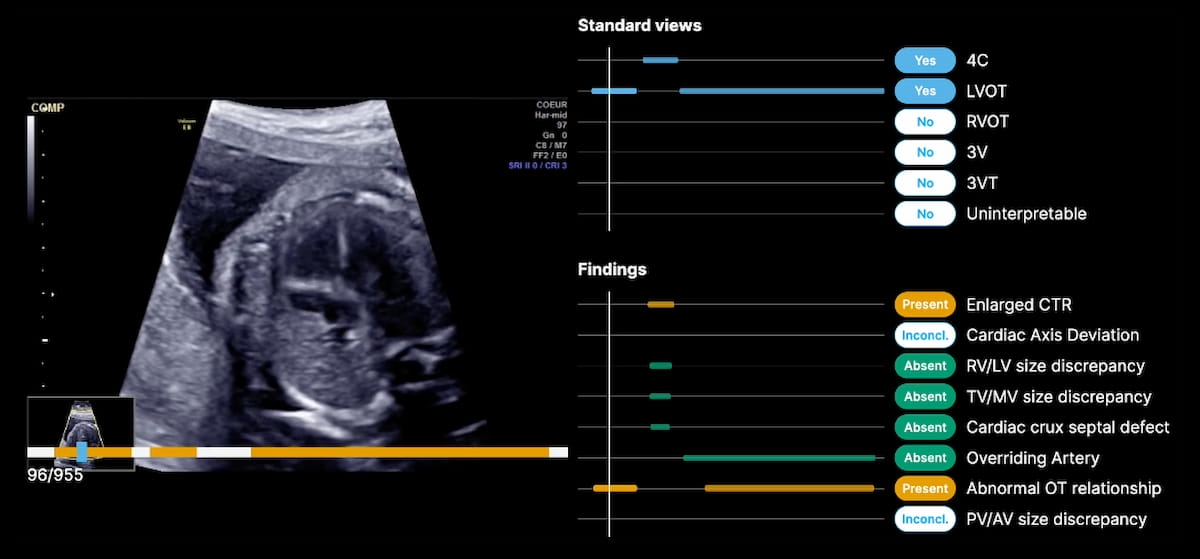BrightHeart Garners Third FDA Clearance for AI-Powered Assessments of Fetal Heart Ultrasound
The latest FDA 510(k) clearance is for B-Right Views, an AI-enabled device, which provides automated detection of required views necessary for second- and third-trimester fetal heart ultrasound exams.
The Food and Drug Administration (FDA) has granted 510(k) clearance for B-Right Views, a device that utilizes artificial intelligence (AI) to help ensure standard fetal heart ultrasound views during second- and third-trimester exams.
By providing automated confirmation when recommended views are obtained and documented for the second- and third-trimester ultrasound exams, B-Right Views facilitates a consistent level of fetal heart ultrasound assessment for clinicians regardless of one’s ultrasound experience, according to BrightHeart, the developer of B-Right Views.
The newly FDA-cleared B-Right Views device utilizes artificial intelligence (AI) to provide automated confirmation when recommended views are obtained and documented for second- and third-trimester fetal heart ultrasound exams. (Image courtesy of BrightHeart.)

BrightHeart noted that the FDA clearance follows prior clearances for the company’s B-Right Screen AI software for detecting congenital heart defects and expanded clearance of that software earlier this month for accessing the AI feedback through a cart-side tablet.
The company added that it has also received approval for a Predetermined Change Control Plan (PCCP), which allows BrightHeart to make pre-authorized improvements to the AI device without the need for separate submissions for FDA clearance.
“BrightHeart’s AI has the potential to offer immediate workflow benefits and measurable clinical value,” said Nathan Fox, M.D., a clinical professor in the Raquel and Jaime Gilinski Department of Obstetrics, Gynecology, and Reproductive Science at the Icahn School of Medicine at Mount Sinai. “By providing real-time alerts, BrightHeart helps sonographers to identify and correct missing views during the exam, reducing the need for repeat scans while potentially boosting sonographer confidence and facilitating earlier triage of high-risk cases.”